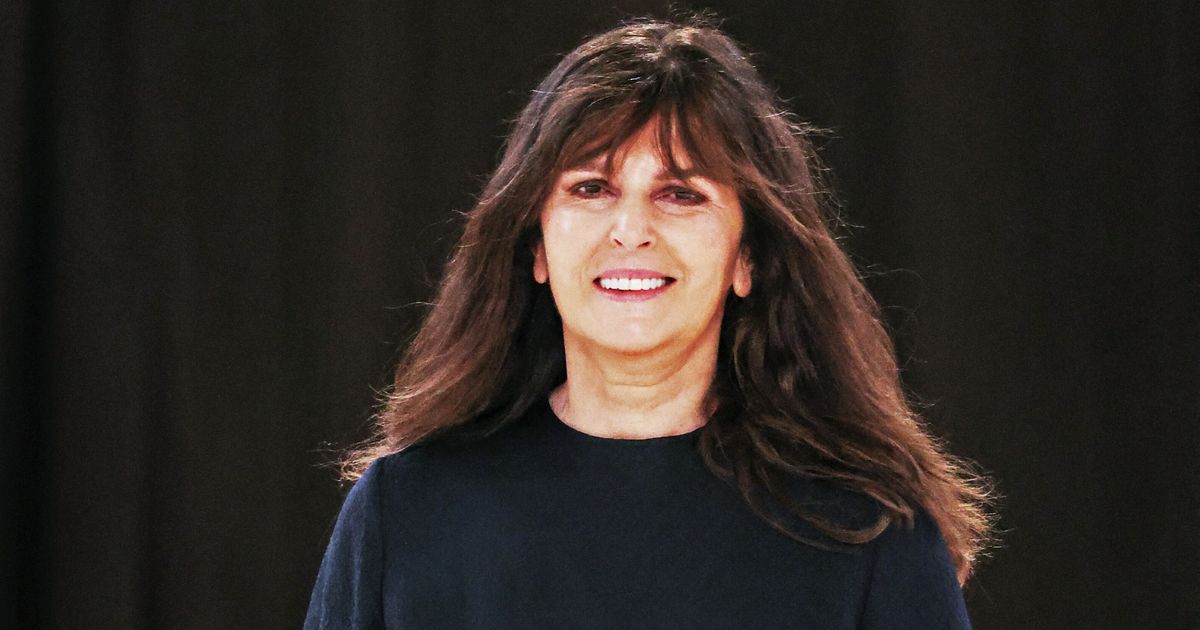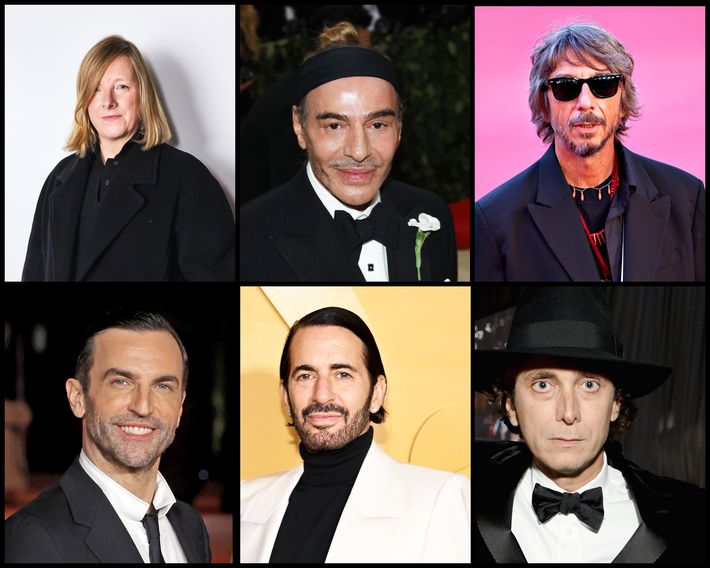Photo: Peter White/Getty Images
On May 21, Women’s Wear Daily ran a story in which Chanel executives praised creative director Virginie Viard after the brand reported record revenues of nearly $20 billion for 2023. “Virginie is an inspiring woman very successfully creating for women everywhere, and the feedback of clients … it’s really positive,” Leena Nair, Chanel’s global chief executive, said. The company had no plans to change its creative leadership.
Call me Machiavelli Mary, but when I read that story I thought: No, she’s out. Viard is leaving. Isn’t that how it works? Where public praise is on that level, an ax is usually readied in the wings. On Wednesday, Chanel announced that Viard had left the house, and it gave no explanation. It said a successor would be named soon.
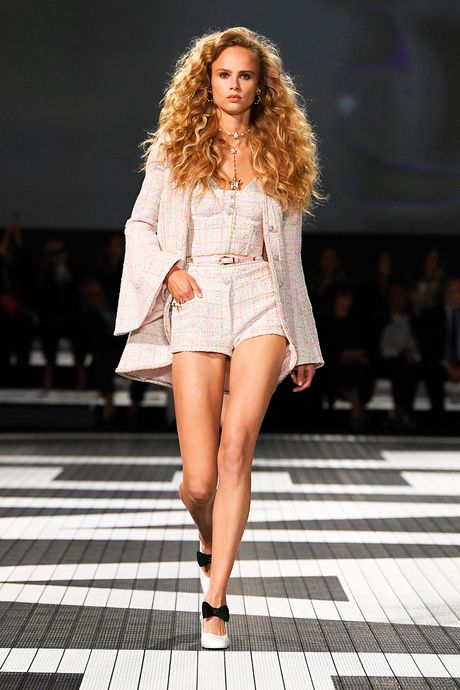

From left: Virginie Viard’s looks. Photo: Giovanni Giannoni/WWD via Getty ImagesPhoto: Victor VIRGILE/Gamma-Rapho via Getty Images
From top: Virginie Viard’s looks. Photo: Giovanni Giannoni/WWD via Getty ImagesPhoto: Victor VIRGILE/Gamma-Rapho via Getty Images
No one who follows fashion could be too surprised by this move, only that it took so long for Chanel to make it — and by “Chanel” I mean the Wertheimer brothers, Alain and Gerard, whose family has owned Chanel since the 1950s (and its perfumes for much longer); Nair, who joined Chanel in 2021, from Unilever; and presumably, in as well, Bruno Pavlovsky, who is president of fashion at the brand. In 2019, after Karl Lagerfeld’s death, Viard seemed the logical successor to one of the most prolific and proficient designers in history. She had been Lagerfeld’s right hand for years. As creative director, she would offer continuity rather than disruption. And the Wertheimers are characteristically cautious. They take their time making decisions. And they probably also counted on the fact that the Chanel name, its allure, is bigger in the public imagination than its creative director — any creative director.
In a sense, they were not wrong. Chanel has doubled its revenues in the past decade, and Viard has certainly played a role in that growth, mostly by sticking to the Chanel codes and cuts and turning out multiple collections a year in a professional way. That’s no small thing. Most of the great couture houses have become huge machines where marketing often matters more than creativity. But let’s be honest: You expect more from Chanel than professional competence, “a decent job done.” Viard’s work on the whole lacked surprise and innovation but above all authority. Her designs didn’t come from a woman of strong opinions (so it would seem) about dress and modern attitudes, who made you want to instantly change how you dressed — as Coco Chanel herself did several times during her long career. As Phoebe Philo did in her years at Celine and now with her own brand.
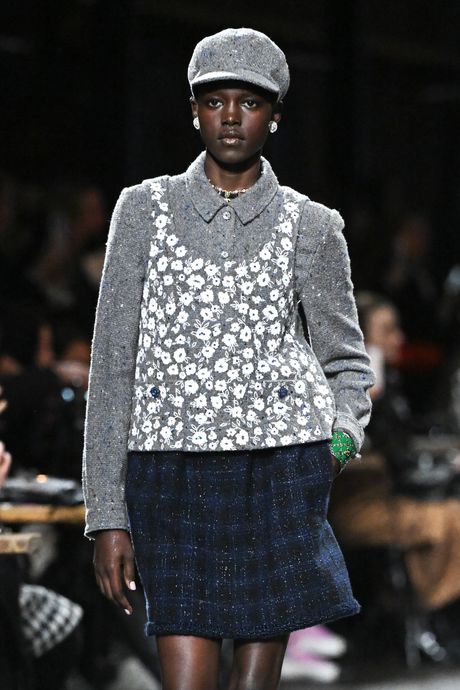
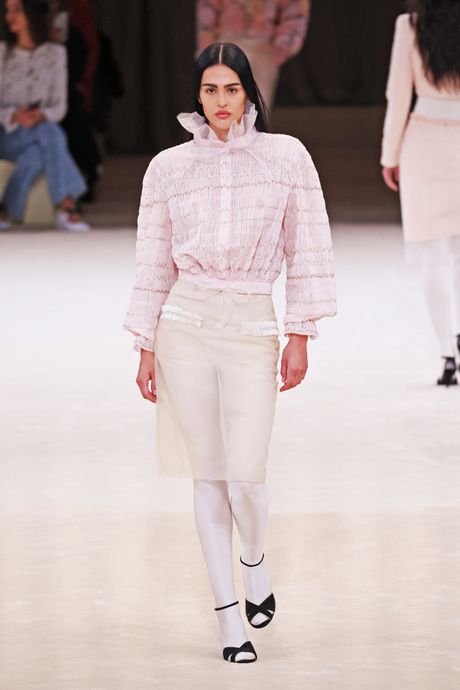
From left: Photo: Stephane Cardinale – Corbis/Corbis via Getty ImagesPhoto: Peter White/Getty Images
From left: Photo: Stephane Cardinale – Corbis/Corbis via Getty ImagesPhoto: Peter White/Getty Images
Indeed, watching Viard’s shows, I often had the feeling she was working off old Lagerfeld sketches, perked up with her own ideas of how young women want to look — ideas that seemed mostly conventional. She didn’t know how to innovate, to push boundaries and buttons, and maybe because it just wasn’t in her nature to do that. That I can’t think of one novel or interesting thing that Viard designed over the past five years, apart from her stubborn insistence on old-fashioned shorts, is telling.
When many in the industry started speculating a couple of years ago about her successor, or when that day might actually happen, there was usually someone ready to counter and say, knowingly, “Oh, she makes so much money for Chanel, they’ll never fire her.” About a year ago, I had such a discussion with a well-known stylist after Viard’s show in Los Angeles. This person was sure that Chanel wouldn’t change creative directors because of the money it was making under Viard. The conversation depressed me. People don’t know anything, to use William Goldman’s line about Hollywood and that nobody knows what will be a hit, despite the big talk. And I mean, people don’t know anything. And I immediately thought of how often fashion brands repeat the same mistakes. They get so big and greedy, like Gucci back in the 1970s — and then one day, everything starts to look banal and overdistributed. That was the state of Gucci in the ’90s when Tom Ford and Domenico De Sole took over and cleaned house.
I’m not saying this has happened to Chanel, not at all. But money isn’t everything. With a house of Chanel’s status, its extraordinary story, the executives and owners ought to be equally — and maybe more — concerned with creativity and newness. Attention-grabbing work that comes from authority and modern ways of seeing. Nair, in the WWD piece, praised Viard, in part, because her clothes were “landing really well” with clients, based on research. But, to me, that doesn’t indicate long-term thinking. It merely suggests the status quo, that the franchise is just keeping up with expectations.
Well, that’s not the legacy of Coco Chanel.
So who might succeed Viard? Among journalists and insiders, some of the names being batted about are Hedi Slimane of Celine; Sarah Burton, formerly with McQueen; John Galliano; Kim Jones; Nicolas Ghesquière of Louis Vuitton; Marc Jacobs; and Pierpaolo Piccioli, who was replaced at Valentino by Alessandro Michele. Many insiders have long hankered to see Philo at Chanel, but she seems very happy where she is. And she’s free, on her own clock.
Who will succeed Viard? Clockwise from left: Sarah Burton, John Galliano, Pierpaolo Piccioli, Hedi Slimane, Marc Jacobs, and Nicolas Ghesquière.
Photo-Illustration: by The Cut; Photos: Getty Images
Slimane is an obvious choice, and I think he’d be a good one. He knows how to unpack a historical brand, as he did with Saint Laurent, and at the same time avoid the dull history bits. People assume Slimane would alter the Chanel fit and make it skinny, and they’re quite correct. He would. But does it matter, really? A lot of Chanel is on the verge of matronly. It’s not cool. What I particularly like about Slimane is that he can do couture in a youthful way while retaining a gloss of the establishment. Some people will remember the sensational, one-off couture collection he did for Saint Laurent, just before he bolted for Celine and LVMH. The collection is worth checking out if you’ve never seen the images.
I also think Burton would be amazing at Chanel. She knows how to put together and manage a design team, and she was virtually doing couture at McQueen, its workrooms turning out clothes for royals and all kinds of celebrities. She has a real feeling for women and women’s clothes. Plus, we haven’t seen what she can do away from the McQueen aesthetic. That’s exciting.
Lots of people like the idea of Galliano at Chanel, and I do, too. When I suggested it recently to a prominent curator, the curator frowned and said, “That will never happen.” Maybe, maybe not. It would obviously be a bold move for the Wertheimers, but who else could do it, take the risk? And Galliano is sober and has done the personal work since his downfall and conviction for racist and anti-Semitic insults more than a decade ago. His viral show in January for Margiela electrified people, indeed a younger generation.
Chanel’s decision to move on from Viard, an interim figure, feels part of a turning point in the industry, and of course a lot depends on who the house hires. I think it also raises the stakes for LVMH and Kering, which owns Gucci and Saint Laurent. As I wrote last fall, we don’t have enough risk-taking designers and inspiring CEOs, not as we once did. I was disheartened by the news that Michael Burke, the chief of the fashion division of LVMH, was stepping back from his role, perhaps for personal reasons, perhaps because of a clash of beliefs or egos within LVMH over the direction of things. He’s always been on the side of creativity and taking big risks.
And risk is the essence of fashion. But a lot of LVMH’s brands just seem to be muddling along. They’re average. Givenchy still doesn’t have a new designer, and the brand is now a bit of a mess. Kenzo is blah. And if it’s true that Slimane has already left Celine, as one LVMH designer told me recently, then Celine will sooner be looking for a creative director.
So a change at Chanel could be a spur. Machiavelli Mary could only dream and plot.

